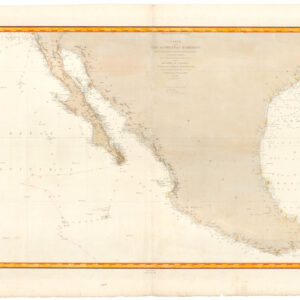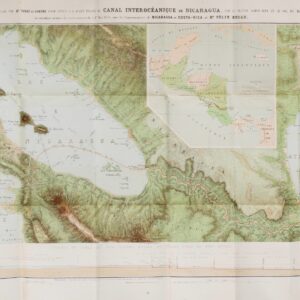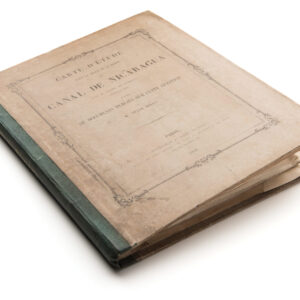An archaeological map depicting Guatemala’s extensive Mayan ruins.
Archaeological Map of the Guatemala.
$225
In stock
Description
This exciting archaeological map of the Central American country of Guatemala was produced in 1983, at the height of the craze for Central American civilizations that characterized archaeology in the 1980s. The map shows the country in its entirety, as sit stretches from the Pacific coast in the southwest to its northern borders with Mexico. Like the neighboring Yucatan and Belize regions, Guatemala is home to extensive archaeological remains from the Mesoamerican Maya civilization.
Scholarship generally agrees that the distinct Maya culture began about 2000 BCE and persisted in some form until the arrival of the Spanish in the 16th century. The pinnacle of this great civilization, often referred to as the ‘Classic era’ of Mayan civilization, spanned from around 250 to 900 CE.
The map is printed in simple monochromatic tones, with the black ink on yellow paper giving the map a distinct feel of the type of in-field documentation on which archaeology relies. It is generally done according to the highest documentation standards. A detailed grid has been overlaid on the map for easy identification of sites, routes, and locations. A legend on the left of the map explains the symbols used and underscores exactly what is in focus here.
While modern paved roads and railroads are depicted on the map (infrastructure is, after all, important for archaeological travel), most of the legend revolves around known archaeological sites and unexcavated mounds (indicated by larger and smaller black dots, respectively). Another important feature that this map documents is the interconnectivity between these sites, created by ancient road networks.
The pre-Columbian Maya civilization built enormous networks of raised and paved roads. Most of these roads connected temples, plazas, and other important structures within cities or ceremonial centers, but longer roads between cities are also known, and these have been extensively depicted on this map. Such ritualized and sacred avenues of movement were known in Yucatec Maya as sacbe, or ‘white roads,’ which are indicated by thick black lines on this map.
Cartographer(s):
Lawrence R. Lish was an American archaeologist interested in the history and civilizations of Central America. He published extensively on Mexican archaeology, with especially the Mayas of the Yucatan, Belize, and Guatemala occupying his research interests. Lish also produced a number of archaeological maps of Mesoamerica, including a map of the Yucatan Peninsula and Guatemala.
Condition Description
Very good.
References




